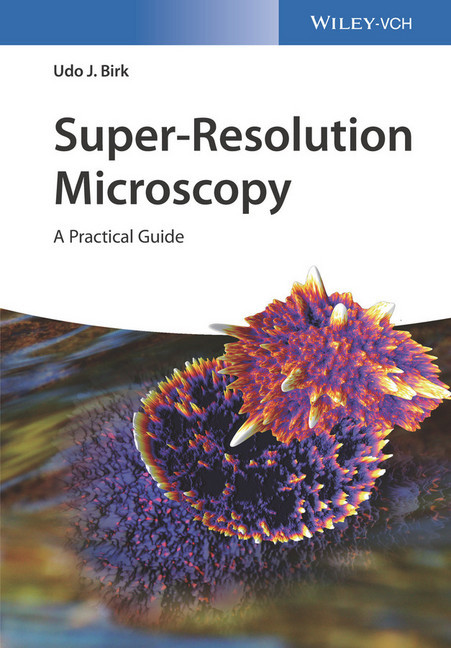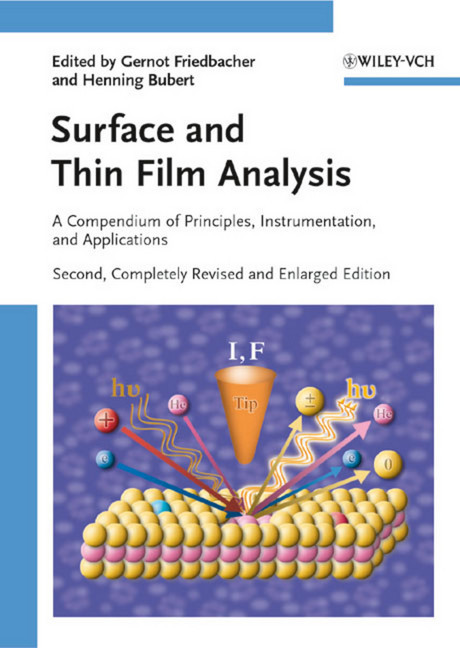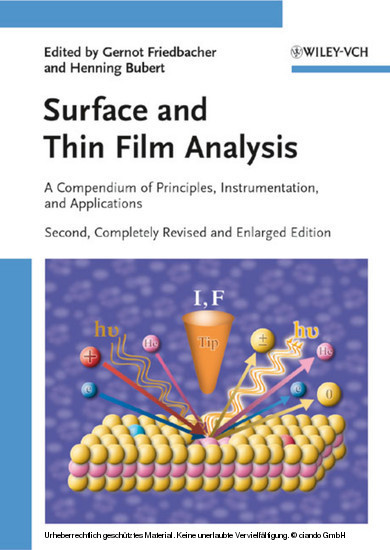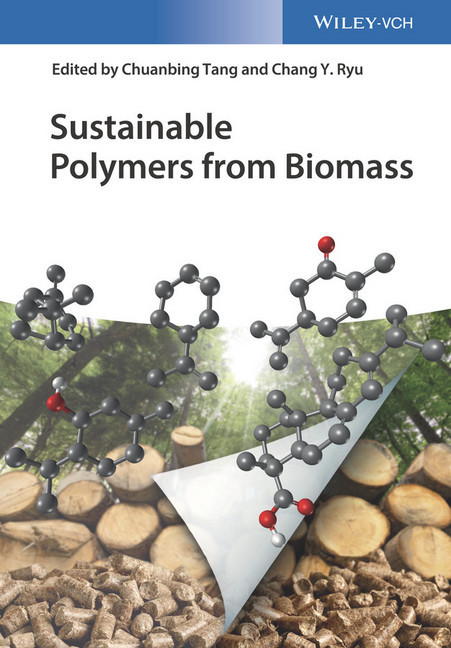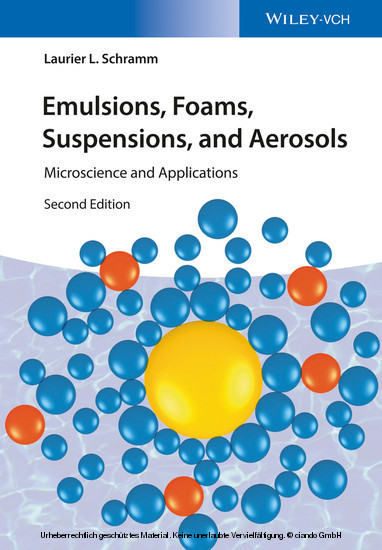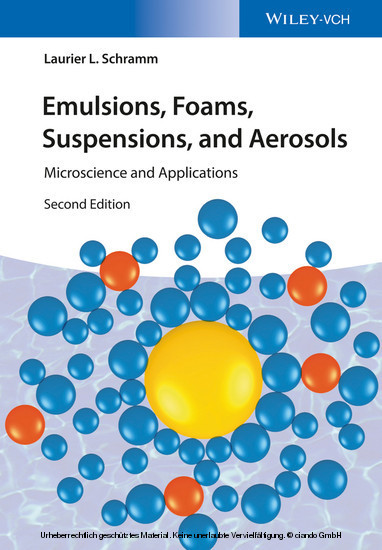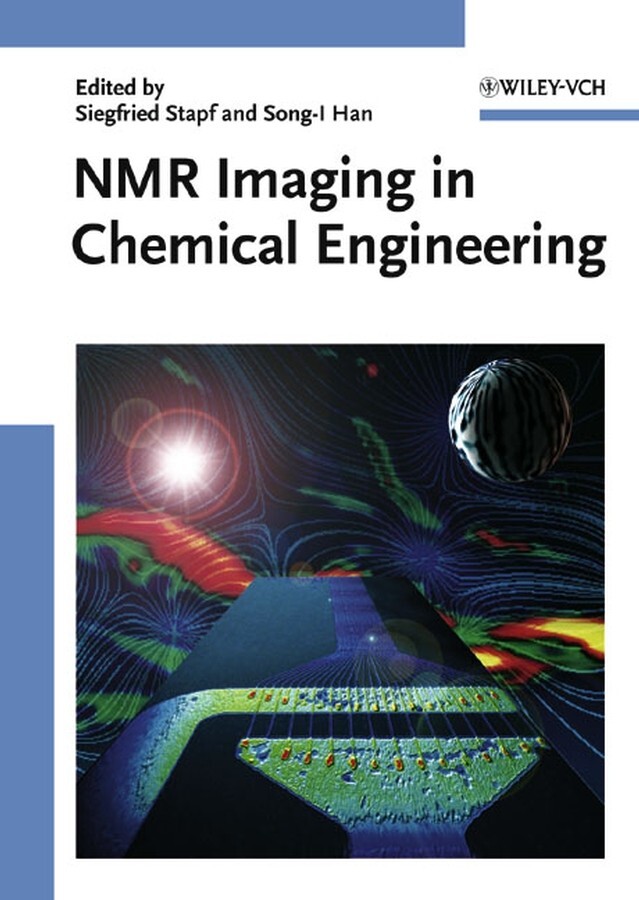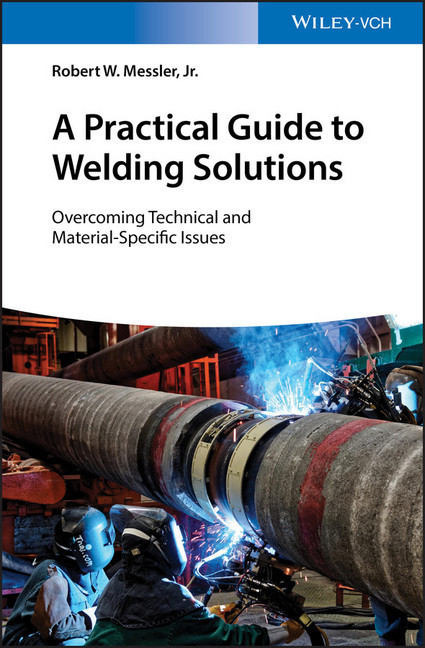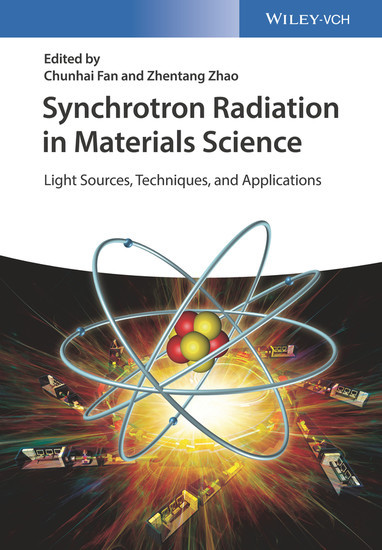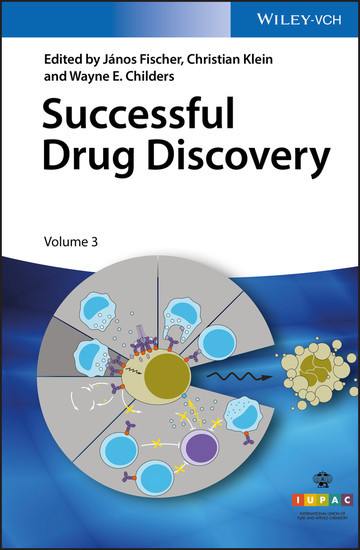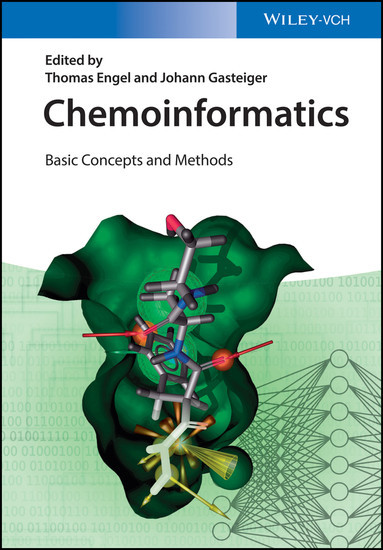Super-Resolution Microscopy
A Practical Guide
This unique book on super-resolution microscopy techniques presents comparative, in-depth analyses of the strengths and weaknesses of the individual approaches. It was written for non-experts who need to understand the principles of super-resolution or who wish to use recently commercialized instruments as well as for professionals who plan to realize novel microscopic devices. Explaining the practical requirements in terms of hardware, software and sample preparation, the book offers a wealth of hands-on tips and practical tricks to get a setup running, provides invaluable help and support for successful data acquisition and specific advice in the context of data analysis and visualization. Furthermore, it addresses a wide array of transdisciplinary fields of applications.
The author begins by outlining the joint efforts that have led to achieving super-resolution microscopy combining advances in single-molecule photo-physics, fluorophore design and fluorescent labeling, instrument design and software development. The following chapters depict and compare current main standard techniques such as structured illumination microscopy, single-molecule localization, stimulated emission depletion microscopy and multi-scale imaging including light-sheet and expansion microscopy. For each individual approach the experimental setups are introduced, the imaging protocols are provided and the various applications illustrated. The book concludes with a discussion of future challenges addressing issues of routine applications and further commercialization of the available methods.
Guiding users in how to make choices for the design of their own experiments from scratch to promising application, this one-stop resource is intended for researchers in the applied sciences, from chemistry to biology and medicine to physics and engineering.
Udo Birk studied physics and mathematics in Canada and Germany and obtained a PhD in applied physics from the University of Heidelberg (Germany) for his work on tissue spectrometry and spatially modulated illumination microscopy. He was a Marie-Curie Fellow at King's College London (UK) and at the Foundation of Research and Technology Hellas (Greece), where he worked on structured illumination microscopy and on optical projection tomography. Currently, he is deputy group leader at the Institute of Molecular Biology in Mainz (Germany), which equals a position of an associate professor, and his research focuses on the development and application of advanced optical imaging techniques.
The author begins by outlining the joint efforts that have led to achieving super-resolution microscopy combining advances in single-molecule photo-physics, fluorophore design and fluorescent labeling, instrument design and software development. The following chapters depict and compare current main standard techniques such as structured illumination microscopy, single-molecule localization, stimulated emission depletion microscopy and multi-scale imaging including light-sheet and expansion microscopy. For each individual approach the experimental setups are introduced, the imaging protocols are provided and the various applications illustrated. The book concludes with a discussion of future challenges addressing issues of routine applications and further commercialization of the available methods.
Guiding users in how to make choices for the design of their own experiments from scratch to promising application, this one-stop resource is intended for researchers in the applied sciences, from chemistry to biology and medicine to physics and engineering.
Udo Birk studied physics and mathematics in Canada and Germany and obtained a PhD in applied physics from the University of Heidelberg (Germany) for his work on tissue spectrometry and spatially modulated illumination microscopy. He was a Marie-Curie Fellow at King's College London (UK) and at the Foundation of Research and Technology Hellas (Greece), where he worked on structured illumination microscopy and on optical projection tomography. Currently, he is deputy group leader at the Institute of Molecular Biology in Mainz (Germany), which equals a position of an associate professor, and his research focuses on the development and application of advanced optical imaging techniques.
1;Cover;1 2;Main title;5 3;Copyright page;6 4;Contents;9 5;Preface;15 6;Abbreviations;17 7;1 Introduction;21 7.1;1.1 Classical Resolution Limit;23 7.1.1;1.1.1 Examples of Microscopic Imaging without Using Visible Light;27 7.1.2;1.1.2 Early Concepts of Enhanced Optical Resolution;29 7.1.3;1.1.3 Two-Photon and Near-Field Optical Microscopy;32 7.2;1.2 Methods to Circumvent the Classical Resolution Barrier in Fluorescence Microscopy;33 7.2.1;1.2.1 Interferometric Microscopy;34 7.3;1.3 Implementation of Super-Resolution Microscopy;36 7.4;1.4 Contrast;44 7.4.1;1.4.1 Multi-Color Imaging;46 7.5;1.5 Applications to the Study of Nuclear DNA;47 7.6;1.6 Other Applications;50 7.7;References;50 8;2 Physicochemical Background;61 8.1;2.1 Motivation;61 8.2;2.2 Labeling;62 8.2.1;2.2.1 Fluorophores;62 8.2.2;2.2.2 Methods of Labeling;72 8.2.3;2.2.3 Labeling Density;77 8.2.4;2.2.4 Binding;78 8.3;2.3 Fluorophore Transitions;79 8.3.1;2.3.1 Photobleaching;81 8.3.2;2.3.2 Photoswitching and Photon Yield;83 8.3.3;2.3.3 How to Achieve Switching, Blinking, Photostability, and High Photon Yield;86 8.3.4;2.3.4 Buffer Solutions for Combinations of Fluorophores;91 8.4;2.4 Samples;91 8.4.1;2.4.1 Optical Properties;91 8.4.2;2.4.2 Effects of Motion;94 8.4.3;2.4.3 Fixation;94 8.4.4;2.4.4 Diffusion;95 8.4.5;2.4.5 In vivo;95 8.5;References;95 9;3 Hardware and Software;103 9.1;3.1 Hardware Requirements;103 9.1.1;3.1.1 Collection of Fluorescence;104 9.1.2;3.1.2 Detectors;106 9.1.3;3.1.3 llumination;110 9.1.4;3.1.4 Adaptive Optics;112 9.1.5;3.1.5 Computer Technology;114 9.1.6;3.1.6 Overall System;116 9.2;3.2 Software;117 9.2.1;3.2.1 Feature Extraction;118 9.2.2;3.2.2 Error Correction;122 9.2.3;3.2.3 Visualization;127 9.2.4;3.2.4 Meta-Analysis;128 9.2.5;3.2.5 Confidence Analysis;129 9.3;3.3 Open Source and Best Practice;130 9.4;References;131 10;4 Structured Illumination and Image Scanning Microscopy;137 10.1;4.1 Axially Structured Illumination Microscopy;138 10.1.1;4.1.1 aSIM Setup;139 10.1.2;4.1.2 Principles of aSIM Size and Position Measurement;143 10.1.3;4.1.3 Requirements and Sample Preparation;145 10.1.4;4.1.4 Data Acquisition;147 10.1.5;4.1.5 Data Analysis and Visualization;149 10.1.6;4.1.6 Example Applications;152 10.2;4.2 Laterally Structured Illumination Microscopy;154 10.2.1;4.2.1 Principles of Lateral SIM;156 10.2.2;4.2.2 Implementation of Lateral SIM;158 10.2.3;4.2.3 Requirements and Sample Preparation;162 10.2.4;4.2.4 Data Acquisition;166 10.2.5;4.2.5 Data Analysis and Visualization;167 10.2.6;4.2.6 Example Applications;170 10.2.7;4.2.7 Imaging DNA Repair;176 10.3;4.3 Image Scanning Microscopy;177 10.3.1;4.3.1 Principles of Image Scanning Microscopy;178 10.3.2;4.3.2 Implementation of Image Scanning Microscopy;179 10.3.3;4.3.3 Requirements and Sample Preparation;181 10.3.4;4.3.4 Data Analysis and Visualization;182 10.3.5;4.3.5 Example Applications;184 10.3.6;4.3.6 Conclusion;184 10.4;4.4 Super-Resolution Using Rotating Coherent Scattering (ROCS) Microscopy;186 10.4.1;4.4.1 Principles of ROCS;186 10.4.2;4.4.2 ROCS Image Generation;188 10.4.3;4.4.3 Conclusion;190 10.5;References;190 11;5 Localization Microscopy;199 11.1;5.1 Principles of Localization Microscopy;199 11.2;5.2 PALM/STORM/fPALM/SPDM Approach;201 11.3;5.3 Implementation of SMLM;205 11.4;5.4 Principles of Three-Dimensional SMLM;207 11.5;5.5 Reduction of Out-of-Focus Light;208 11.6;5.6 How to Build a Three-Dimensional SMLM;209 11.7;5.7 High-Density Single-Emitter Microscopy Methods: SOFI, 3B, SHRImP, and Others;216 11.7.1;5.7.1 Independent Component Analysis;216 11.7.2;5.7.2 Single-Molecule High-Resolution Imaging with Photobleaching;217 11.7.3;5.7.3 Super-Resolution Optical Fluctuation Imaging (SOFI);219 11.7.4;5.7.4 Bayesian Analysis of Blinking and Bleaching;220 11.7.5;5.7.5 Binding- and Activation-Assisted Separation;222 11.8;5.8 Approaches to Counting Molecules;222 11.8.1;5.8.1 Stepwise Photobleaching;223 11.8.2;5.8.2 Intensity Histogram Analysis;223 11.8.3;5.8.3 Multi-Color Colocalization;225
Birk, Udo J.
| ISBN | 9783527802067 |
|---|---|
| Artikelnummer | 9783527802067 |
| Medientyp | E-Book - PDF |
| Copyrightjahr | 2017 |
| Verlag | Wiley-VCH |
| Umfang | 408 Seiten |
| Sprache | Englisch |
| Kopierschutz | Adobe DRM |

